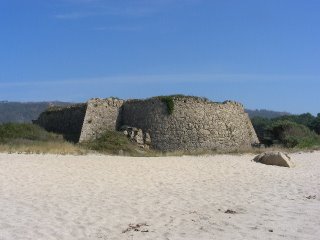Simplicity
"- Yes."
"- Then, I have everything that I need."
17-19 Paul Hymans is where we live, in Brussels. New home, old blog... This was my reasoning... I find it as good as any other else...
 I just arrived from a quick trip to France. I have been in Tours, to give a speech and present the European Youth Forum’s positions on the issue of the mobility of young people, at a Conference organised by the “Centre” Regional Council, in the framework of the European Year of Workers’ Mobility. It was the first time I was in Tours, a city on the lower reaches of the river Loire, between Orléans and the Atlantic Coast, with a population of around 135,000. Touraine, the region around Tours, is known for its wines, but I didn’t have the opportunity to taste them. As it happens often, I didn’t have too much time to visit the city, but still had the chance to go for a small walk and visit the Cathedral, dedicated to Saint Gatien. It’s a very impressive building, begun in 1170 and completed only in the 15th century, in a Gothic style. Tours is known as “the garden of France”, because of the many parks located within the city, and, near the Cathedral, there is a cedar tree said to have been planted by Napoleon himself. Tours and the Loire valley are definitely worth coming back, and I certainly plan to do it as soon as possible.
I just arrived from a quick trip to France. I have been in Tours, to give a speech and present the European Youth Forum’s positions on the issue of the mobility of young people, at a Conference organised by the “Centre” Regional Council, in the framework of the European Year of Workers’ Mobility. It was the first time I was in Tours, a city on the lower reaches of the river Loire, between Orléans and the Atlantic Coast, with a population of around 135,000. Touraine, the region around Tours, is known for its wines, but I didn’t have the opportunity to taste them. As it happens often, I didn’t have too much time to visit the city, but still had the chance to go for a small walk and visit the Cathedral, dedicated to Saint Gatien. It’s a very impressive building, begun in 1170 and completed only in the 15th century, in a Gothic style. Tours is known as “the garden of France”, because of the many parks located within the city, and, near the Cathedral, there is a cedar tree said to have been planted by Napoleon himself. Tours and the Loire valley are definitely worth coming back, and I certainly plan to do it as soon as possible. 





